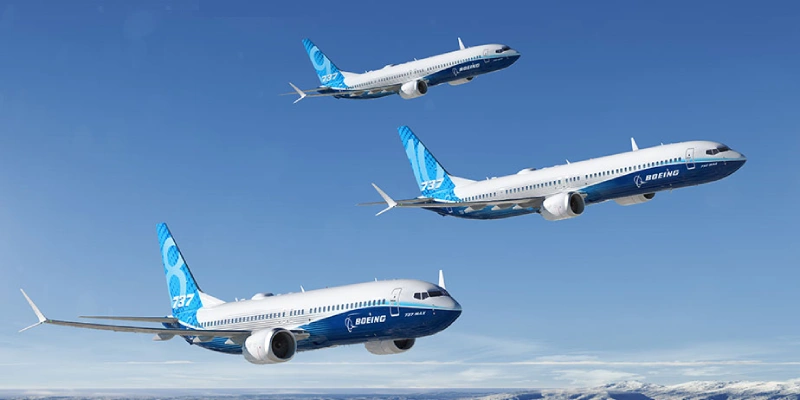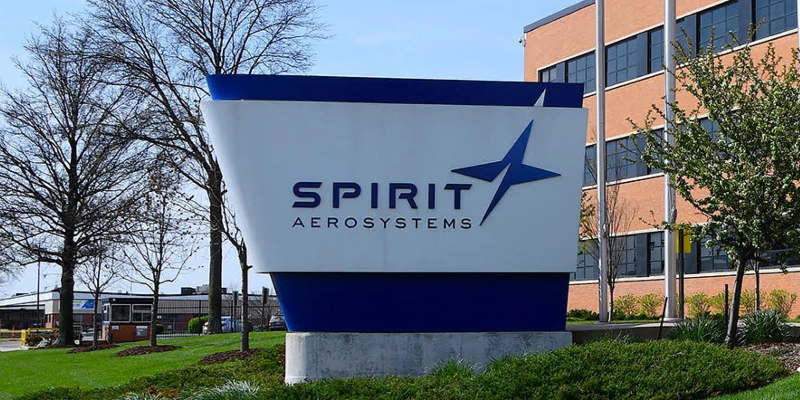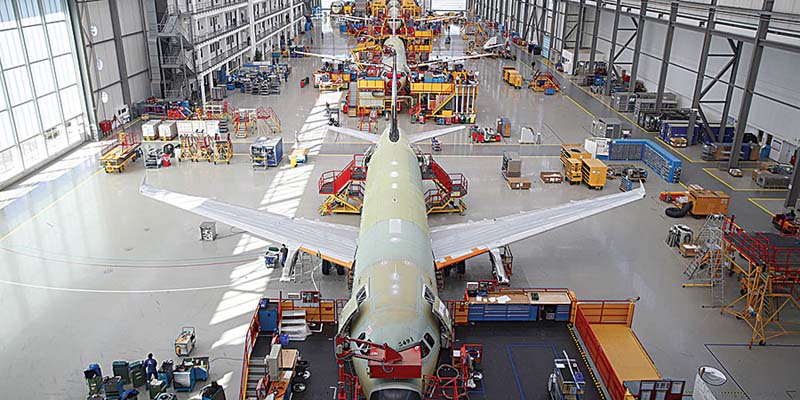The European Union’s Aviation Safety Agency (EASA) said Friday it was satisfied that the changes to the 737 Max make the plane safe enough to return to the region’s skies before the end of 2020, even though an additional change the agency requested will not be ready for two years.
See also: Boeing in talks with Alaska Airlines for potential 737 MAX order.
Following test flights in September, the European Union Aviation Safety Agency (EASA) is conducting final document reviews of a draft airworthiness directive it hopes to issue next month, said Patrick Ky, EASA’s executive director.
See also: Ryanair says its priority is the Boeing 737 MAX.
That will be followed by four weeks of public comment, while the development of a so-called synthetic sensor will take 20 to 24 months, he said. The software-based solution will be required in the larger Max 10 variant before its debut in 2022, and will be included in other earlier versions.
“Our analysis shows that it is safe and that the level of security achieved is high enough for us. What we talked about with Boeing is the fact that with the third sensor, we could achieve even higher levels of safety,” Ky said in an interview.
The comments represent the strongest European endorsement to date of Boeing’s goal to have the aircraft back in operation by the end of the year, after numerous delays and setbacks. The Max, the latest version of the venerable narrow-body 737, stopped flying in March 2019 following two accidents that claimed 346 lives, leading to a crisis that cost Boeing billions of dollars and the position of the then-executive leader.
While the U.S. Federal Aviation Administration, Boeing’s main regulator, prepares to clear the plane’s return, the views of the European EASA carry great weight, especially in light of the flaws in the original certification process that damaged the excellent reputation of the U.S. regulator.
Ky said the synthetic sensor would simplify pilots’ work when one or both of the mechanical angle of attack sensors on the Max fail. The device, which monitors whether an aircraft is pointing up or down in relation to the approaching air, malfunctioned in both accidents: the first off the coast of Indonesia in October 2018 and the second five months later in Ethiopia.
“We believe that overall this is a good development that will increase the level of safety. It is not available now but will be available by the time the Max 10 is expected to be certified,” Ky said.
By El Espectador
Related Topics
Airbus Admits Boeing Likely to Win Order Race This Year
Airbus Completes Acquisition of Part of Spirit AeroSystems Assets
Air France Welcomes Its 50th Airbus A220 and 40th Airbus A350
Airbus Confirms It Delivered 72 Commercial Aircraft in November
Líder en noticias de aviación




